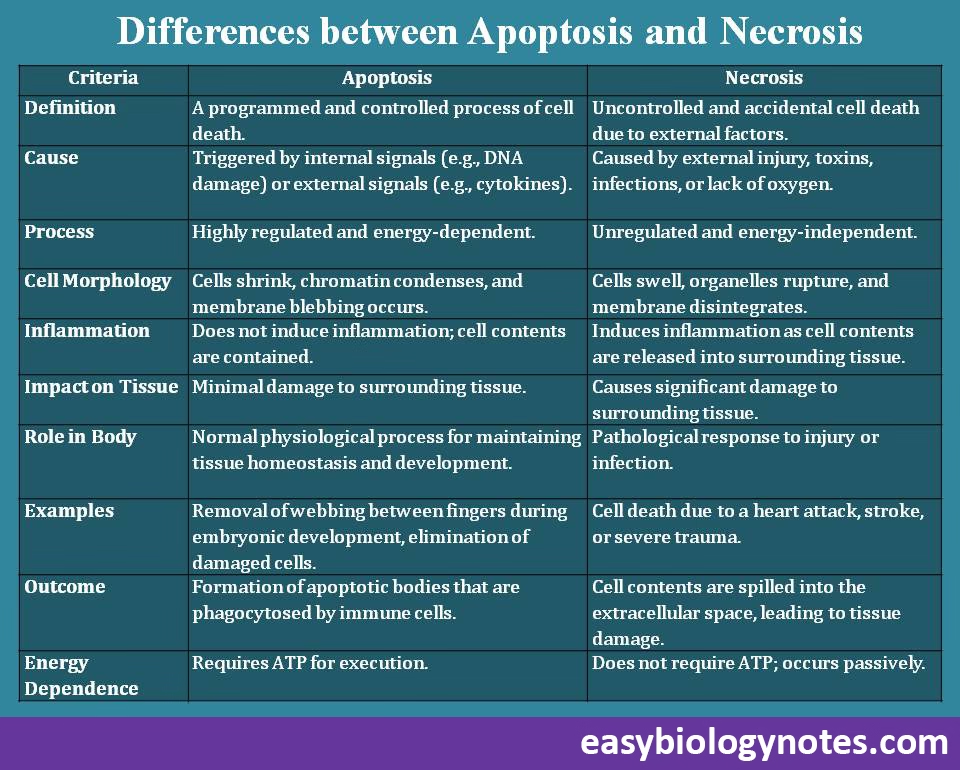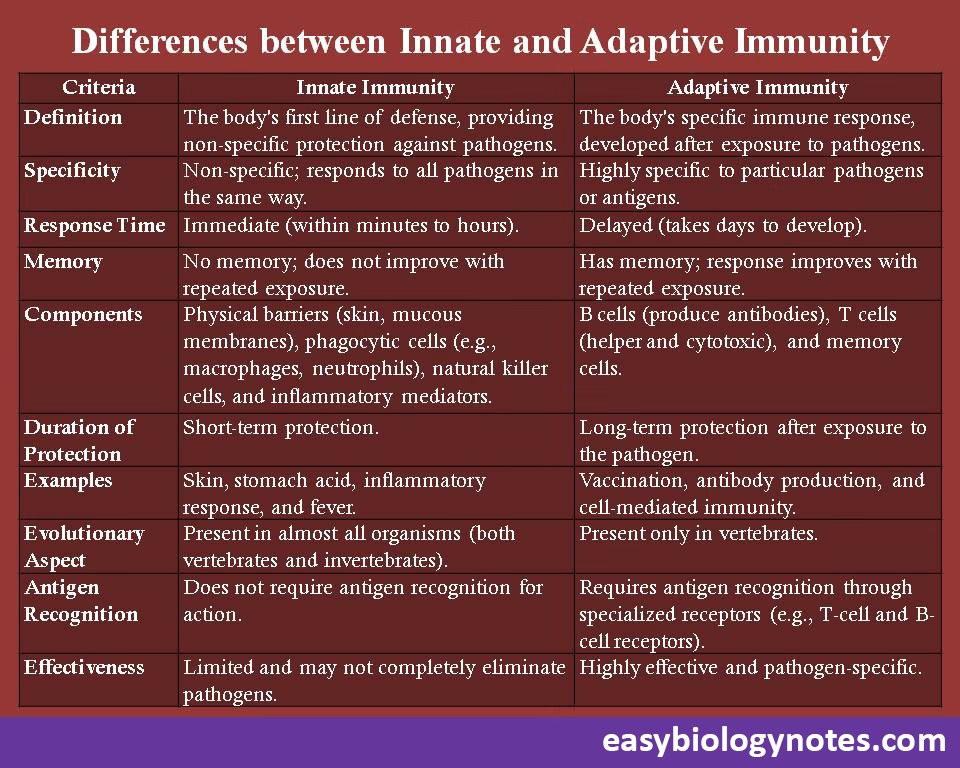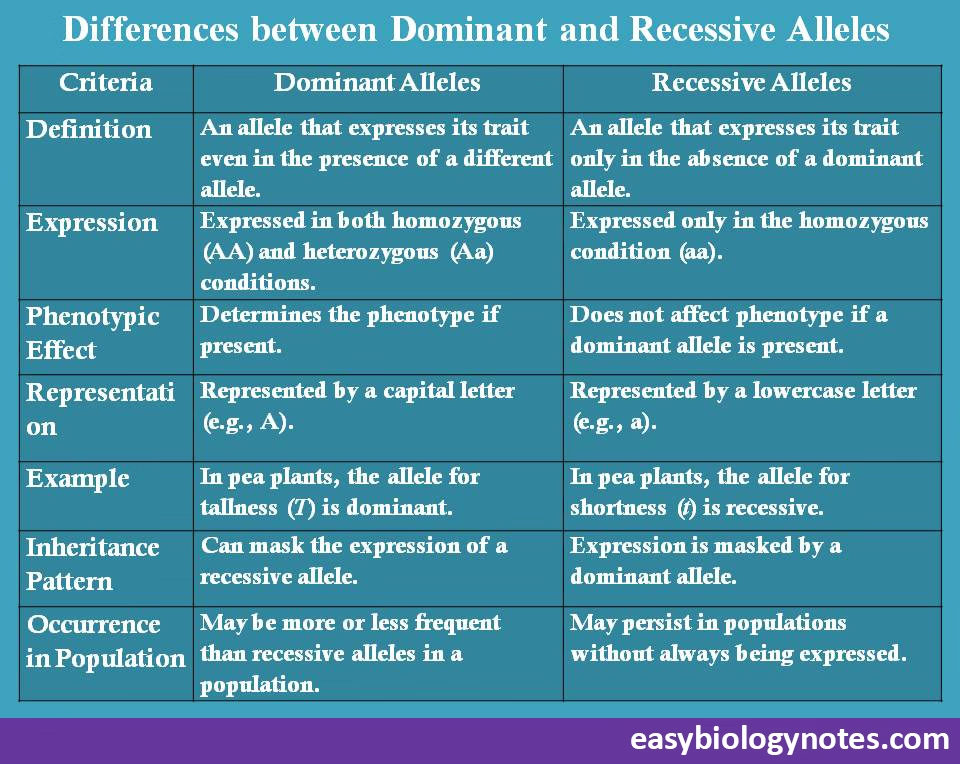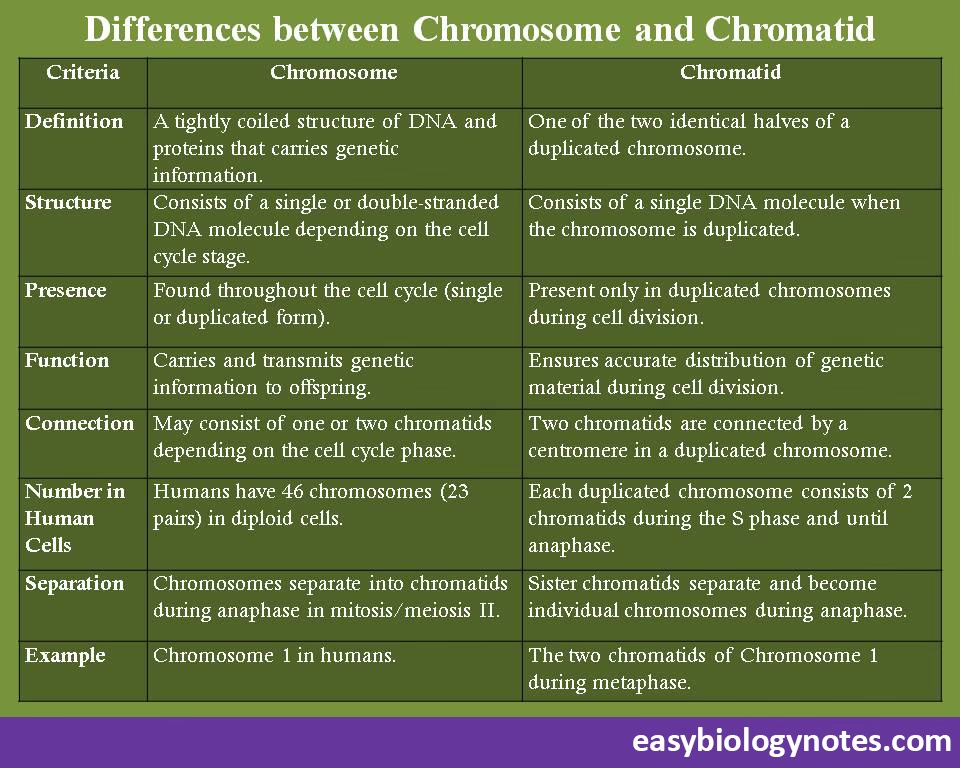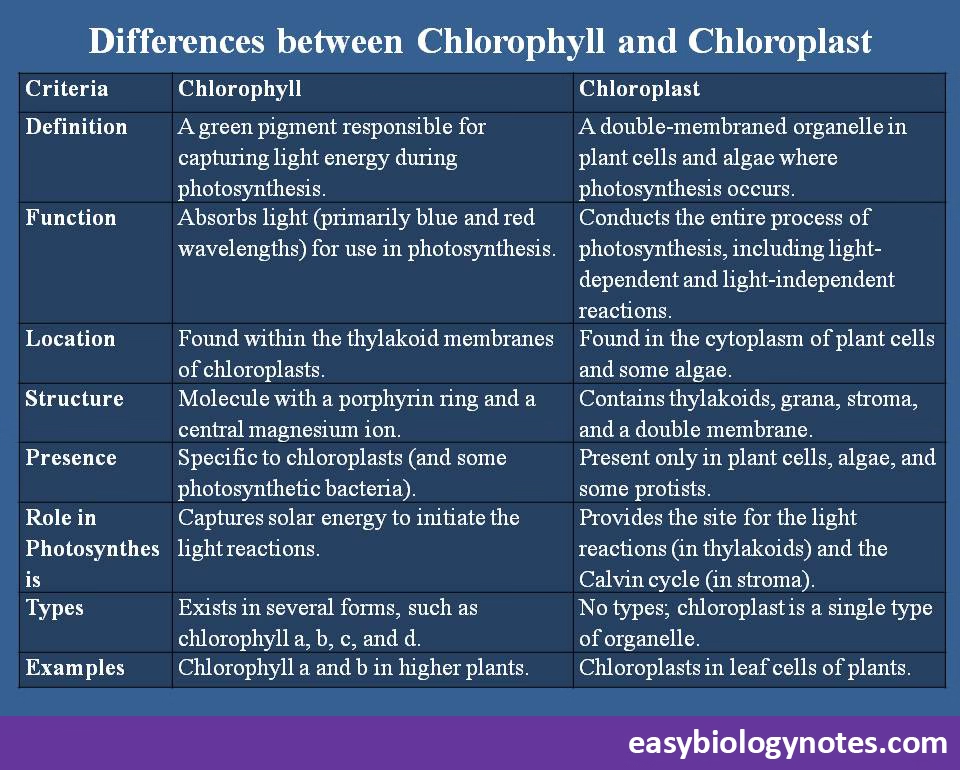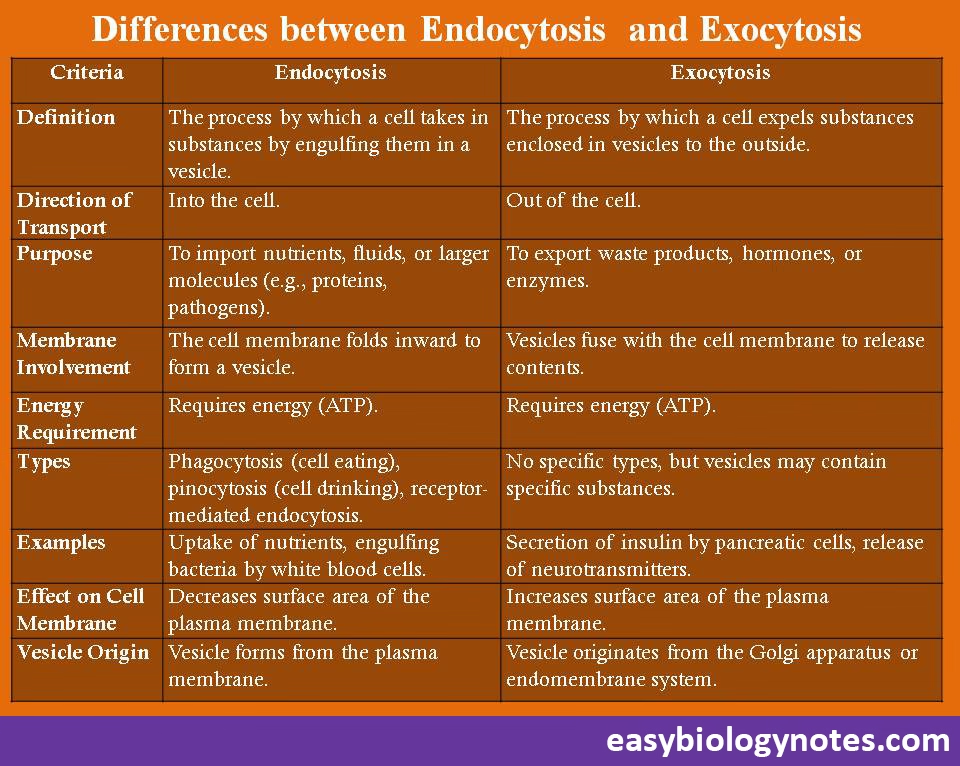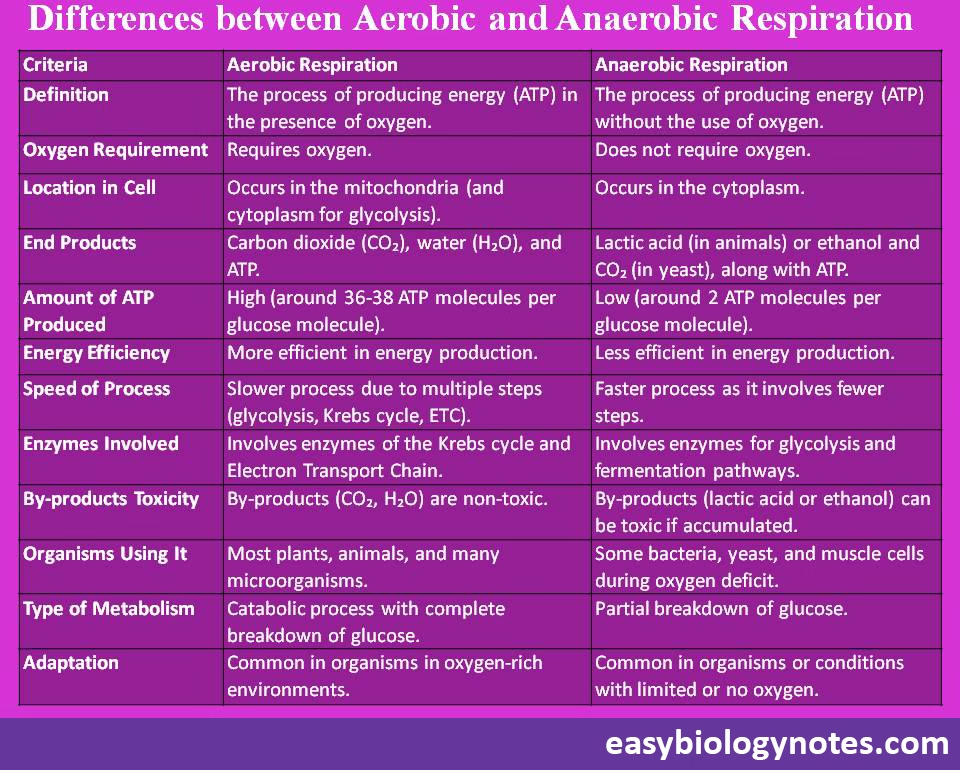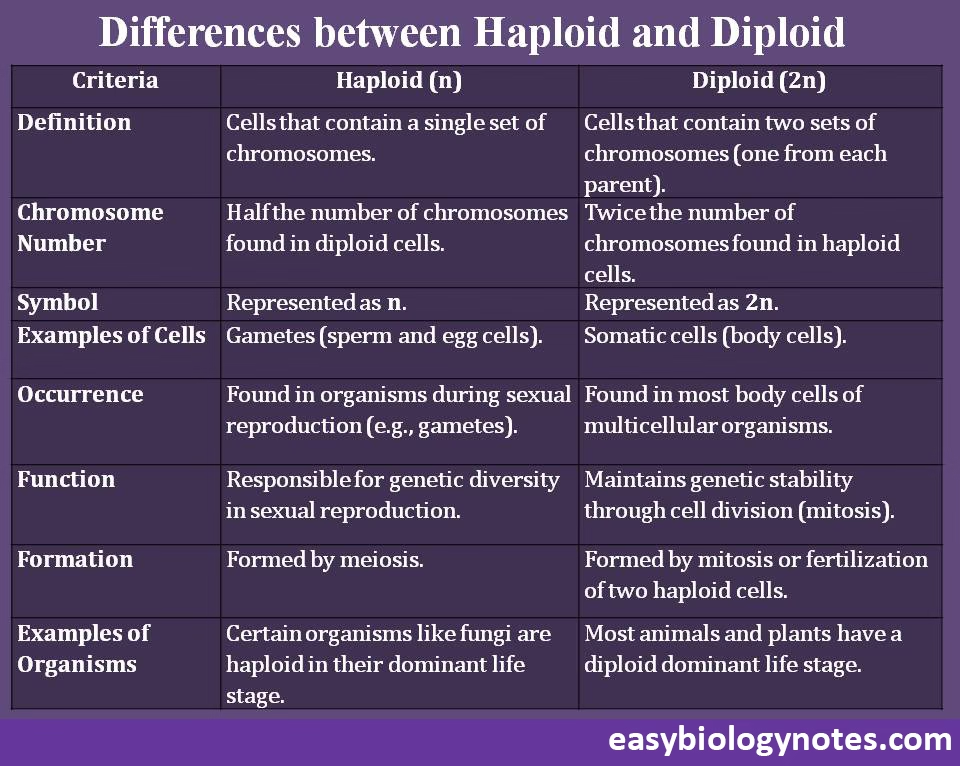Differences between Apoptosis and Necrosis
The main difference between apoptosis and necrosis is the way in which cell death occurs. Apoptosis is a programmed and controlled process of cell death that plays a vital role in normal development, tissue maintenance, and removing damaged cells. It does not cause inflammation as the cell contents are contained and recycled. Necrosis, on the other hand, is an uncontrolled and unplanned cell death caused by injury, infection, or toxins, often leading to inflammation as the cell contents are released into the surrounding tissue.
